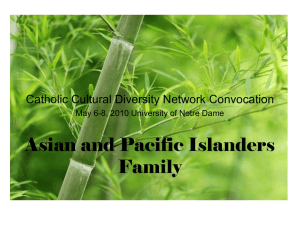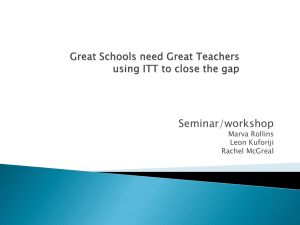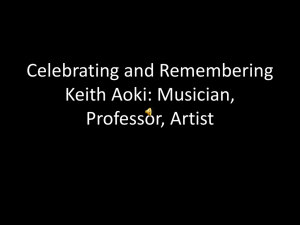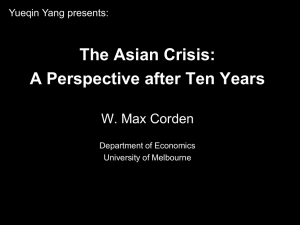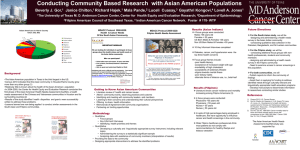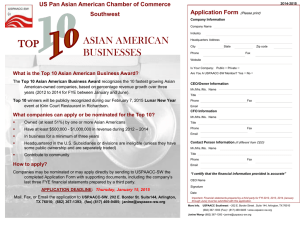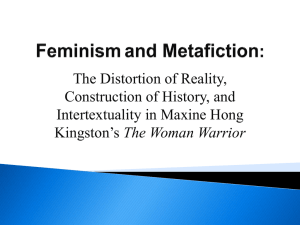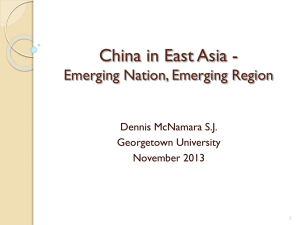Lisa Lowe - English 2903 Introduction to Literary Theory
advertisement
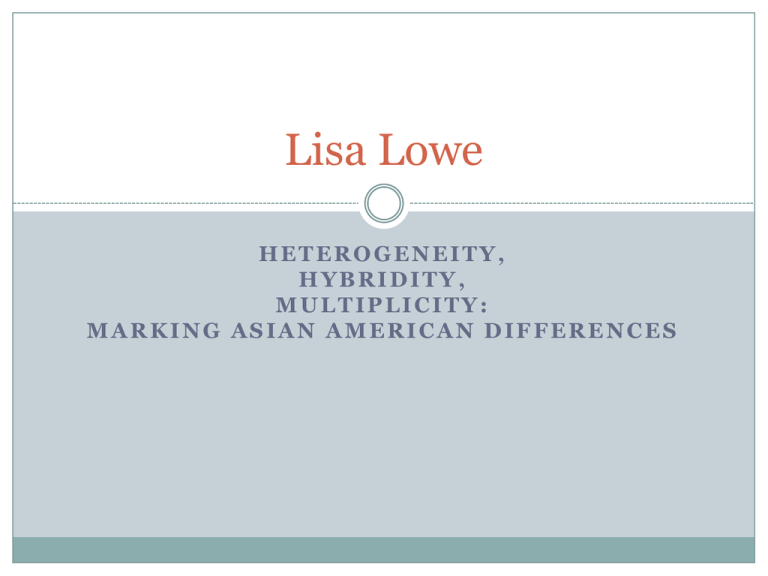
Lisa Lowe HETEROGENEITY, HYBRIDITY, MULTIPLICITY: MARKING ASIAN AMERICAN DIFFERENCES banned books in Arizona INCLUDING CRITICAL RACE THEORY Pre-reading generally speaking, what what do they mean in the do these words mean: context of Asian American literature and culture? heterogeneity hybridity multiplicity female inter-generational relations poem by Janice Mirikitani relates inter-generational differences in experience and histories: three women conceptualize differently what it means to be female and Japanese poem by Lydia Lowe invokes different subjectivities of Chinese American women of different generations in factory setting where facility in English disrupts generational hierarchy both emphasize problems of diaspora: loss of culture of origin inter-generational misunderstanding westernization, etc. diaspora: dispersion of large groups of people from their homeland inter-generational model of culture Lowe argues that this essentialist: the view that categories of people, such as women and men, or heterosexuals and homosexuals, or members of ethnic groups, have intrinsically different and characteristic natures or dispositions (OED: Oxford English Dictionary) ‘master narrative’ of Asian American culture is essentialist and homogenizing it erases specific, varied experiences of national diversities, class and gender she poses a different model of horizontal relationships such as friendships between Asian American women of the same generation Mulan essentialism of Asian culture from an American (Hollywood) perspective clip from Mickey Mouse Monopoly spectrum of approaches at one end desire for a fixed, knowable ethnic identity that can bring people together but not this or this at the other end concept of ethnic identity as fluid, intersectional, and internally contradictory ethnic identities and practices are partly inherited, partly modified and partly invented Asian American is a heterogeneous cultural entity dominant Caucasian (majority) perspective Asian Americans are constructed and perceived as different than Euro Americans e.g. “Too Asian” controversy in Canadian magazine, MacLean’s, last year e.g. stereotypes of Asians held by non-Asians Asian American (minority) perspective Asian Americans are widely diverse: from different countries (China, Japan, Korea, Vietnam, etc.) born in US vs. born in Asia two Asian parents v mixed-race parents urban v rural refugee or non-refugee fluent in English or not working class v university educated men vs women vs trans people communist vs capitalist etc. heterogeneity on one hand understanding Asian Americans as heterogeneous groups allows us to interrupt or challenge the dominant ideology that paints Asian Americans as a homogeneous group and thereby perpetuates common stereotypes on the other hand it contributes to an Asian American dialogue engaged in political struggles for voice and equality, including practical campaigns and cultural theory that depend on an essential Asian American identity Strategic Essentialism “The concept of ‘strategic essentialism’ suggests that it is possible to utilize specific signifiers of ethnic identity, such as Asian American, for the purpose of disrupting the discourses that exclude Asian Americans, while simultaneously revealing the internal contradictions and slippages of Asian American so as to insure that such essentialisms will not be reproduced and proliferated by the very apparatuses we seek to disempower” (1045). next class: Thursday “Tradition, Invention and Aesthetics in Native American Literature” by Robert Dale Parker pp. 1051-1067


